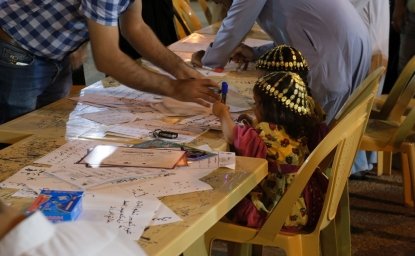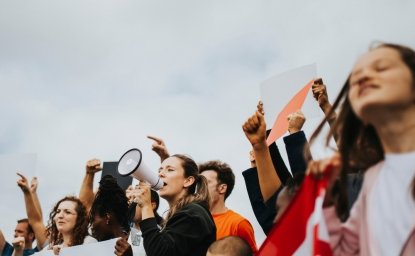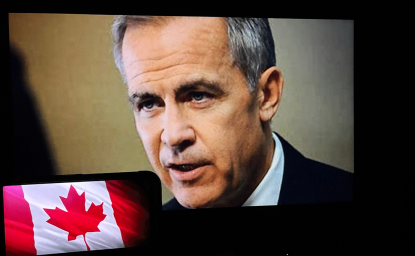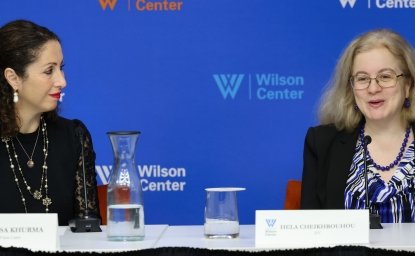The Latest
Quick analysis from the experts
Sarah Barnes, Director of the Wilson Center's Maternal Health Initiative, joins us to talk about the meaning of the theme of International Women's Day 2024, "Invest in women: Accelerate progress." She comments on how investment in women and girls is essential for progress on any of the UN's Sustainable Development Goals, how gender equality contributes to peace and stability, and how the work at the Maternal Health Initiative helps to advance girl’s education and women’s health worldwide.
Video Transcript
-
International Women’s Day 2024: “Invest in women: Accelerate progress.”
Guest


Maternal Health Initiative
Housed within the Wilson Center's Environmental Change and Security Program, the Maternal Health Initiative (MHI) leads the Wilson Center’s work on maternal health, global health equity, and gender equality. Read more

Explore More
Browse Insights & Analysis
How Education Can Empower Young Women in MENA
Posted date/time:

Empowering the Changemakers of Today: Young Women
Posted date/time:

Securing a Digital Future for Women and Girls in MENA
Posted date/time:




